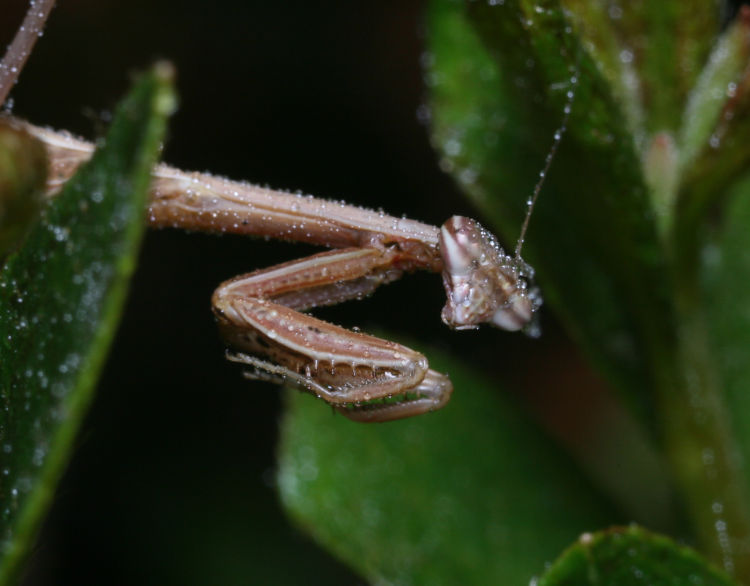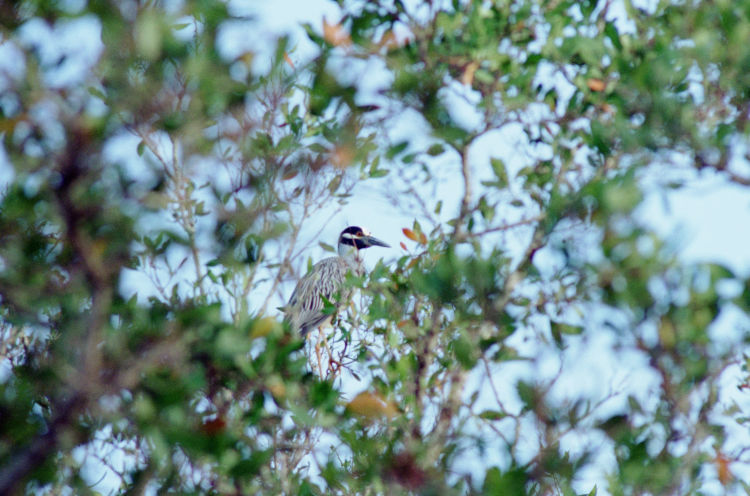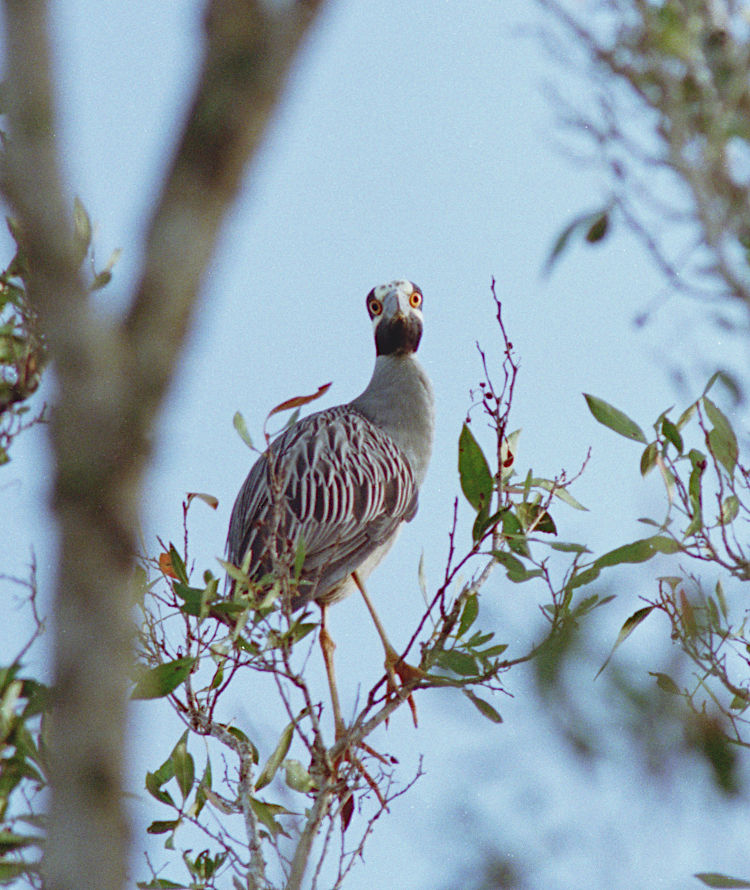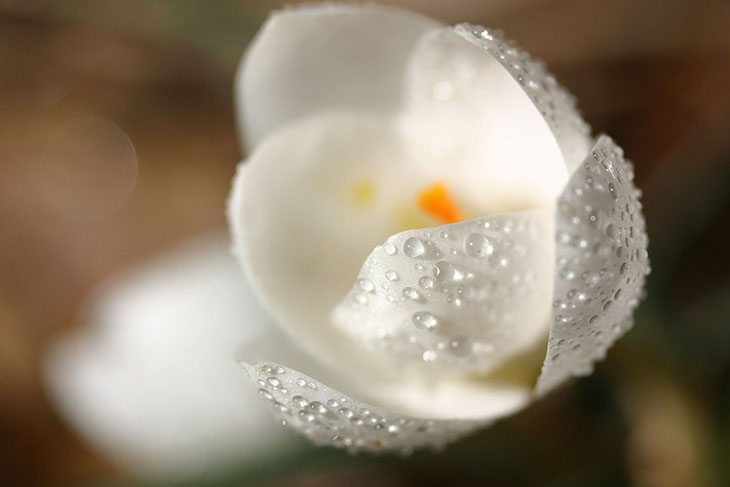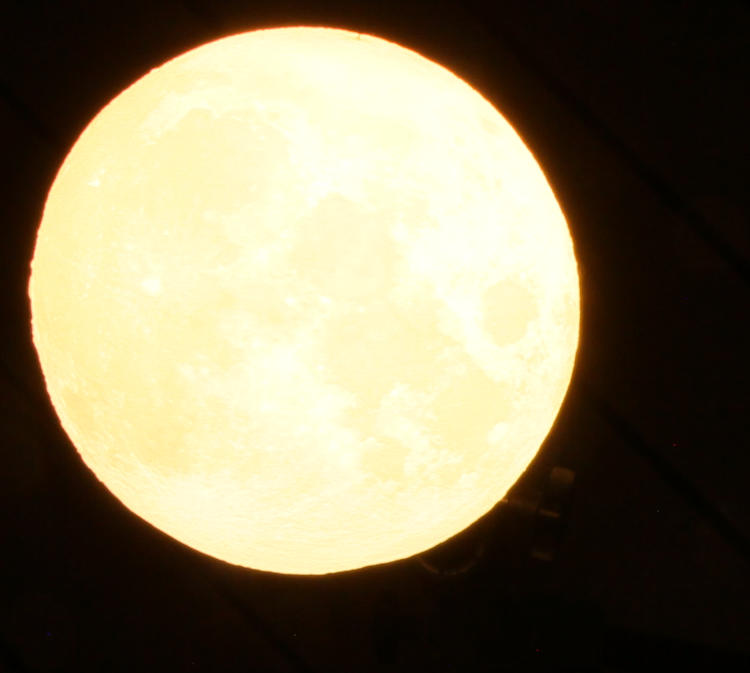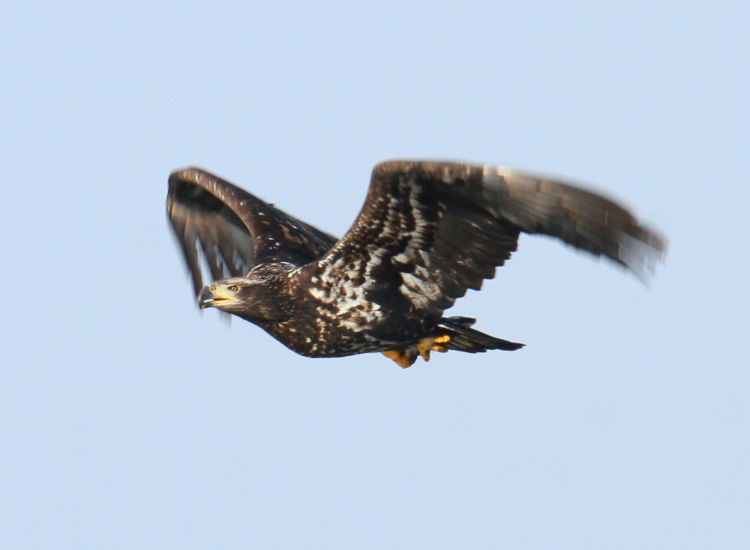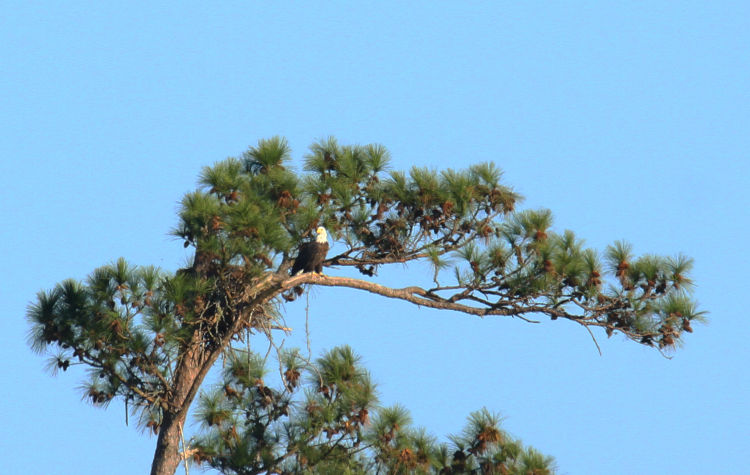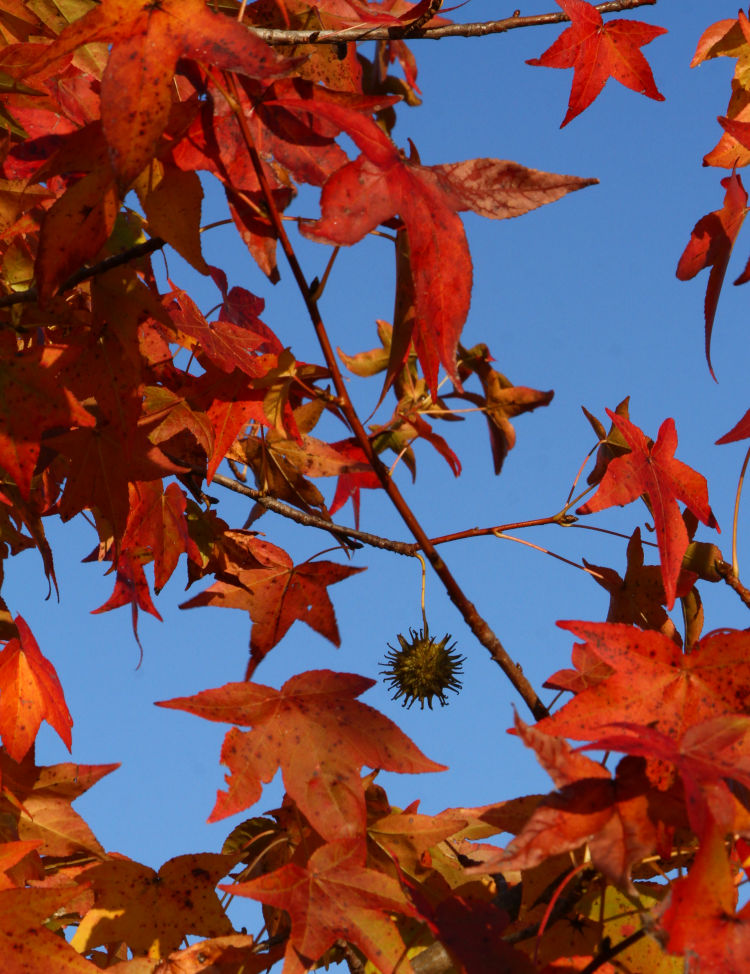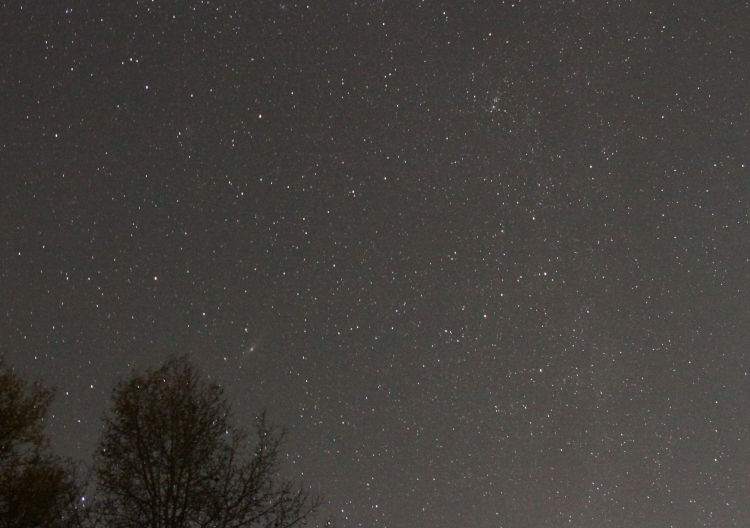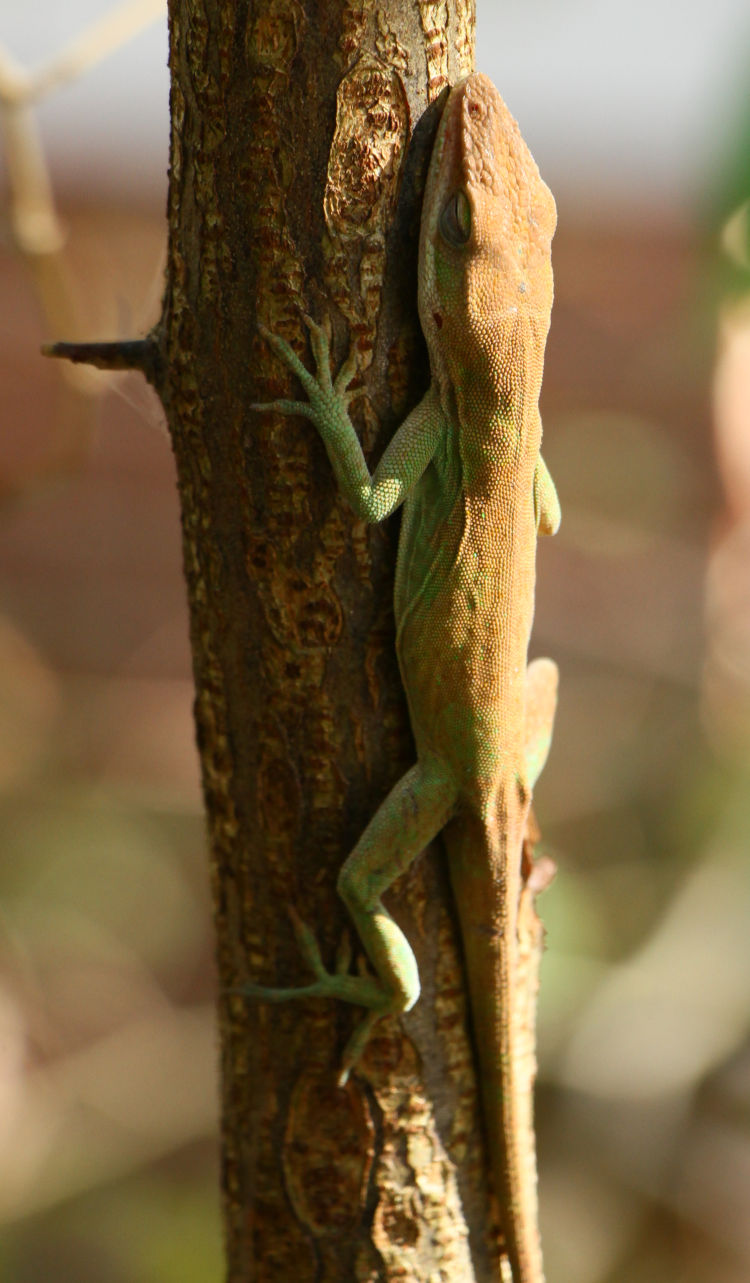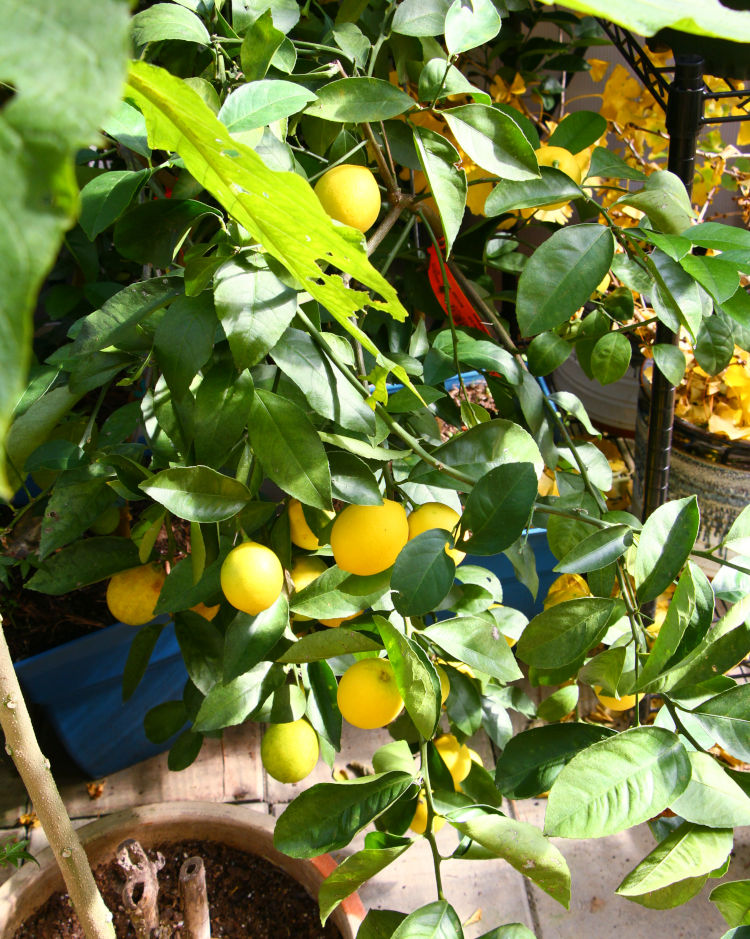This is a rather broad topic with no real consensus on what it includes, so it’s likely that anyone could either fault me for not covering something, or accuse me of lumping disparate concepts together. Overall, however, the same factors will apply to most or all of them, so let’s dive into, “Why doesn’t science take psychic powers seriously?”
The short answer is, such things have been tested repeatedly and extensively, and have come up sadly lacking in any actual impact. There are two key factors in such tests, however, which are double-blind testing and functionally-defined results. We’ll do these one at a time.
Double-blind testing is a common method of determining results of tests that can be influenced too easily by human perception and/or desired results. It’s been used in testing medicines, in that even the doctors prescribing the medications don’t know whether they’re issuing the actual medicine or an inert substance, and the patients don’t know the same; only those tabulating the results have access to the guide that reveals the truth. In this way, the subjectivity of either patients or doctors in evaluating the results is reduced to a minimum. With psychic powers, this method is often used by refusing to reveal what, for instance, the actual cards have on them that the test subject is attempting to guess, or even that the proctor of the tests doesn’t even know what they’re trying to find. Without this, the possibility arises that someone who wants to believe in psychic powers can interpret the results with bias, or even influence this – which leads to the second bit.
Functionally-defined results refers to an unambiguous and distinct set of goals, with little room for creative interpretation or ‘close’ results. One example that comes to mind is a test subject, asked to determine the target held in the mind of another subject, naming a ‘parade’ when the target subject was, ‘July 4th.’ There are a lot of reasons for a parade, and July 4th doesn’t rank as one of the more prevalent examples of such, but more to the point, where’s the value in having a perhaps-close-but-not-very-specific answer when resorting to psychic abilities? If I can’t remember ‘July 4th’ in conversation and say instead, “You know, parade day,” how many guesses would anyone have to provide to get it correct? And if I fail to confirm any answer, what then?
[A small side note that came from some of my researching on the topic: useful scientific results aren’t demonstrated just by the publication of a paper – initial results can easily overturned, papers retracted, to say nothing of the ‘pay to publish’ journals that exist. Confidence comes from peer-review, and especially replication; can someone duplicate the results with the same conditions and standards? This reflects the bit above regarding bias in researchers. Always look for review and replication before putting any confidence in any scientific studies.]
Other factors come into play, such as leading the test subject, usually unconsciously, sometimes not so much. The classic case of Clever Hans, many decades ago, revealed that a horse that could supposedly do advanced arithmetic was actually only reading the subtle physical cues of the owner and those running the tests – a horse, mind you. Unable to see the person posing the math problems, or worse, presented with problems that the person did not know the answer to, produced a sudden case of typical horse intelligence. Anyone experienced at reading the body language, the “tells,” of someone running the test can produce results well above random chance, especially when such tests often have very narrow choices that are already known to both. Inexperienced testers often inadvertently help the testees along, by answering questions that they shouldn’t or prompting for more details only at key times.
This of course leads to cold-reading, an extremely well-known, and well-understood, tool of countless public psychics. The field is broad with a lot of aspects and I would encourage anyone to look into it deeper if they want a full treatment, but in essence it is a method of allowing those seeking answers to actually provide them to the psychic. For instance, the psychic may ask if someone in the room knows someone whose name begins with “J.” A moment’s thought reveals this doesn’t narrow things down very far – we all know someone, usually in our immediate family, whose name starts with “J.” With a positive answer from an eager audience member, already primed to believe, the psychic then begins to narrow things down by guessing at names: James, John, Jack, Jerry, and so on, with the audience member virtually always confirming it when the psychic finds a match among these ridiculously common names. Once the reader has a ‘match,’ they can then proceed with providing vague, feelgood assurances that the recipient and audience somehow never notice is nonetheless more specific than “a name that begins with ‘J’.”
But with the common tricks of the psychic out of the way, let’s talk about the issues from the scientific side:
Somehow, the psychic lacks knowledge of matters that could be truly informative, lucrative, or life-saving. Any true psychic could make millions with no effort simply on the stock market, no clients necessary. They also would be remarkably invaluable when it comes to warnings about natural disasters or violent attacks – it’s actually hard to imagine that such abilities wouldn’t be utilized in thousands of ways in thousands of different functions, military and law enforcement being the prime candidates. And while it’s true that some psychics do occasionally offer their services to local police to help locate a missing person, it’s also quite easy to see how infrequently this has the slightest effect – not to mention that their input before the person went missing would have been hundreds of times more useful.
Psychic predictions demonstrate causality. This is a big one, because at the barest minimum it suggests that events are, for want of a better word, ‘planned.’ Whether this is through the determinism of physics or the will of some god(s), it’s still a earth-shattering thing to know about our universe. And it also raises the biggest issue with causality: is this fixed or is this changeable? Science fiction writers have examined the ramifications of this ad nauseum, including the number of flaws, but somehow this is glossed over entirely by psychics. I mean, forget which goddamn card I’m holding up – which treatment is going to be effective for my cancer? Shit, when’s the best time to travel this holiday? Where and when are the criminals going to strike next? C’mon, Aunt Agnes, let us know something important.
Moreover, how, exactly, are these future events recorded, and thus able to be read/sensed/divined/whatever? Videotape? Clay tablets? Radio transmissions? The implication is that events that have not even come to pass somehow emanate something detectable and specific, able to be discerned among the literally infinite events that the future holds. That sounds like a damn noisy environment. And what about the past? Do these records fade when they happen or something, because I have yet to see a psychic clarifying all those sketchy details about past historic events.
Communicating with the dead proves an afterlife, but who cares about who’s at peace there? Religion is one of the biggest contentions on the globe, and has been for centuries. Let’s have some solid answers about all this. Which religion is correct, and what can we expect after we die? How are you sensing anything without physical sensory organs, and what are the parameters? How boring is it? Have you talked to the folks in charge, and if so, what do they say? Seriously.
[I’ve already tackled the idea of non-corporeal souls earlier, so go there for a more in-depth treatment.]
The physics isn’t kind. [I know, switching back and forth so often between ‘psychics’ and ‘physics’ is cruel, and I’m one of those that can miss the distinction from reading too fast.] Brains are simple fats and proteins and a lot of water, and the energy with which they operate is remarkably tiny; this is the source of the ‘green jello’ problem with electro-encephalograms. Yet somehow, they can both send and receive distinct patterns of ‘thought’ across vast distances including, apparently, from brains that are no longer operational – that’s how psychics are supposed to find dead bodies, right? I mean, even if they ‘see’ them they have to know where to look in the first place? Yeah. But if this were indeed the case, the entire environment would be absolutely jam-packed with the emanating thoughts of everyone else in the detectable radius, and we’re all familiar with how rapidly thoughts progress and vary – to call this ‘noise’ would be a vast understatement.
We have the senses that we do because they’re what won the evolutionary lottery. And certainly, being able to sense the intentions of any living being in the immediate vicinity could be extremely useful – but the vast majority of us don’t have that, do we? Even if psychics are a genetic mutation, it would imply that they could come to virtually no harm whatsoever. Weakly supportable, perhaps, for the living psychics, not so much for the dead ones, but note that this should also prevent simple accidents and injuries, ‘bad luck’ and crummy days, and of course, all of the negative press that’s ever received. Any time a psychic makes an incorrect prediction – more on this in a second – they should have already known it was incorrect and how bad the repercussions would be, and avoided all that entirely. Yeah.
There’s this thing called ‘confirmation bias.’ The internet has not been kind to psychics. Before, someone would have to root through newspaper archives and perhaps even tapes of morning talk shows to find the various predictions that psychics made that were dead wrong, but now finding such things is easy. And such mistakes are plentiful – it’s almost as if psychics ascribe to the idea that if you throw enough shit at the wall, some of it will stick. Those sticky bits are the ones that are referred to as evidence of the psychic’s prowess, somehow ignoring all of the stuff that they should have known was wrong in the first place. Anyone can be right 100% of the time with such methods, but the real world (and especially the scientific community) takes into account all of it – no cherry-picking. When these are counted, the amazing results fade very quickly.
Oh, the excuses. One could disprove psychic ability just by listing all of the excuses for incorrect predictions and failures to operate, and realizing that there is no pattern, rhyme, nor reason to them. Again, why didn’t you see that ‘negative energy’ coming? Even if you can’t play the market because ‘your powers can only be used to help people’ (and who told you that?), we’re still looking at a lot of disasters and terrible events that were missed entirely, when they should have had a remarkable impact on that pre-recording of events. Even if we consider that such powers or properties are sporadic and capricious, this means that they have exceptionally little use to anyone.
If you look, you’ll also notice that the caveat, “For entertainment purposes only,” appears an awful lot in regards to published psychics (and astrology, and so on.) It would appear that a lot of psychics attest to their remarkable abilities, but not to the point where they’ll legally stand behind them. No guarantees, no money back, let the buyer beware, you were the sucker that bought into it.
But what about the police using psychics? A legitimate question, but one with a lot of baggage. ‘The police’ is/are not a single entity, but a collection of law enforcement agencies for individual districts, guided by individual officials. The vast majority have nothing whatsoever to do with psychics, and I have yet to come across any that routinely utilizes such. Psychics often volunteer their services in high-profile cases, with often terrible results, and officers that don’t automatically dismiss them are considered to have some confidence in their abilities – you see the flaw in thinking here. On occasion, police departments let the psychics do their thing from a) there being no harm in it (they’re not being charged for the services,) and b) they may get accused of not using ‘all available resources’ when trying to find a missing person or something. And one more, that’s come up more than a couple of times: so-called ‘psychic information’ is occasionally from someone who actually knows something about the case, such as a witness or relative thereof, but wishes not to testify or be named. It’s more prudent to pay attention to such ‘readings’ on the chance that this may be the case, than to dismiss them regardless of how badly psychic powers have been proven.
[There was a prominent missing person case where I used to live in central NY, and a psychic popped up with information – the details were incredibly vague of course, mostly attesting that the body could be found “near water,” which it actually was. But not for many years, because depending on your definition of “near,” this applies to the entire state and indeed everywhere in the country that’s not actually a fucking desert. It should also be noted that the missing woman’s purse and driver’s license had already been found within a park bordering the major lake, which had been reported in the news so, yeah, wild shot in the dark there. The body was only discovered by accident, as I said, many years later.]
People believe what they want to believe. This is how psychics still abound, because far too many people want to believe in mystical powers and properties, and listen uncritically to the accounts. They go on the defensive the instant that anyone raises the slightest question, and never, ever raise any questions themselves. Any positive aspect is grasped lovingly, any negative aspect is ignored. The biggest issue with this is, naturally, that anyone who recognizes this kind of behavior and has no scruples can exploit it easily – and routinely do. It must be said here: it takes a special brand of shithead to twist the emotions of the grieving for personal gain.
Moreover, such beliefs contribute to the too-prevalent distrust of science – the old, “Science can’t explain this,” and, “We don’t know everything,” which is true, but doesn’t actually increase the probability of any given concept in any manner. Those who spout such weak little proverbs may be prone to dismissing intelligent evaluations regardless, for myriad reasons, but the number of people who profess to have some kind of extra-special mystical powers, as well as the number who want to believe them, contribute to the idea that ‘there must be something to it’ – while the solid results that we should reasonably expect if there were remain elusive still.
Note, too, that it hardly requires recognition or testing from the scientific community, however you might define that, to establish the usefulness of psychic powers – anyone with such should be quite capable of making their own amazing progress in the world, at a distinct advantage over everyone that lacks it. Doctors didn’t need the investigations or recognition of priests, shamans, or really anyone to actually start healing people.
Or, you know, we could simply ask ourselves where the phrase, “parlor tricks” originated…

